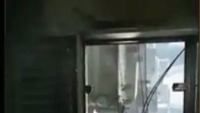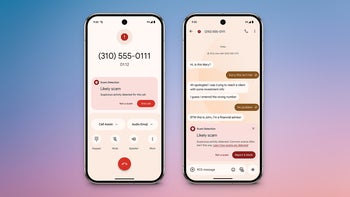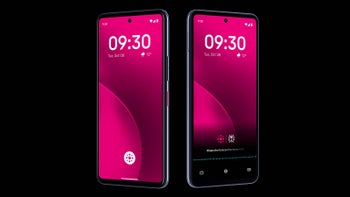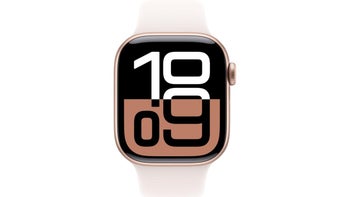Image of Oppo Find 9 surfaces?

Earlier today, we told you about the possibility that a "lite" version of the long-awaited Oppo Find 9, dubbed the Oppo Find 9a, had been put through the AnTuTu benchmark test. The Find 9a's model number of X9007 dovetails perfectly with the X9009 that the Find 9 apparently sports. In addition, the Find 9a's specs, which include 3GB of RAM and a 4MP front-facing camera, are a bit lower than the 4GB of RAM and 16MP front-facing camera expected to be on the Find 9.
Now, an image allegedly showing the Oppo Find 9 has been discovered. It shows that the Find 9 will sport a bezel-less design. The phone is said to feature the Super VOOC technology that Oppo introduced at MWC. This will charge a 2500mAh battery to 100% in just 15-minutes. Since the Find 9 battery will reportedly offer such a feature, we can assume that the Find 9 will come with a 2500mAh cell. That might be on the light side, but you will be able to charge it completely in a quarter of an hour.
Back in April, the Find 9 was put through a GFXBench benchmark test. Besides the amount of RAM and ROM that we alluded to earlier in this story, the benchmark test revealed that the phone features a 5.5-inch display with a 1080 x 1920 resolution screen. The MediaTek MT6755 chipset was under the hood for the test, with an octa-core 2GHz CPU and the Mali-T860 GPU. The rear camera weighed in at 12MP (we've already discussed the 16MP selfie shooter on this phone).
In 2014, Oppo released the Oppo Find 7 and Oppo Find 7a. With today's leaks, it seems a good bet that the Find 9 and Find 9a will both be launched in 2016. Still, we suggest that you look at this story with your cynical eye.
source: MyDrivers (translated) via PhoneRadar
The Find 9 is also expected to come with "SmartSensor Image Stabilization" for the rear camera. This moves OIS out of the lens and into the image sensor. Doing this allows the stabilization on the camera to adjust three axis (pitch axis, yaw axis and roll axis) for more stable videos and pictures. Most lens based stabilization handle just the first two axis and don't adjust the roll axis, which is the axis most responsible for jittery images. The SmartSensor Image Stabilization also uses 50 times less battery power than the lens based system. The image also includes a home button that just might contain a fingerprint scanner.
Back in April, the Find 9 was put through a GFXBench benchmark test. Besides the amount of RAM and ROM that we alluded to earlier in this story, the benchmark test revealed that the phone features a 5.5-inch display with a 1080 x 1920 resolution screen. The MediaTek MT6755 chipset was under the hood for the test, with an octa-core 2GHz CPU and the Mali-T860 GPU. The rear camera weighed in at 12MP (we've already discussed the 16MP selfie shooter on this phone).
source: MyDrivers (translated) via PhoneRadar













Things that are NOT allowed: